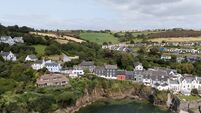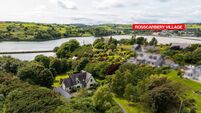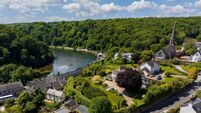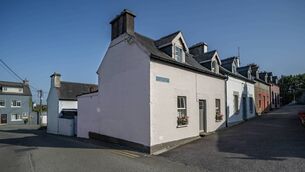Using glass block
Glass block was a popular design element in the 1920s and 30s both in Europe and America. Its streamlined modernist line in sheer cliff faces and sleek curvilinear walls was celebrated by leading architects of the day and was a perfect ingredient in Art Deco style. Think of the Neapolitan colours and glittering glass facades of the South Beach communities of Florida, built around the early 1930s, or the modern Biotechnology Department in UCD rather than the standard temples of glass block here in Ireland - public toilets.
Early blocks are similar to modern blocks, two layers of glass sandwiched together over a partial vacuum. However many old blocks are sealed with lead, and as the seals fail the glass can become clouded with damp air and physically weakened. Americans are mad about glass block and their enthusiasm re-activated the market for glass block in the 1980s. Today, the replacement of traditional basement windows with glass block windows re-enforced for security, is the second most popular small home improvement in the United States.













